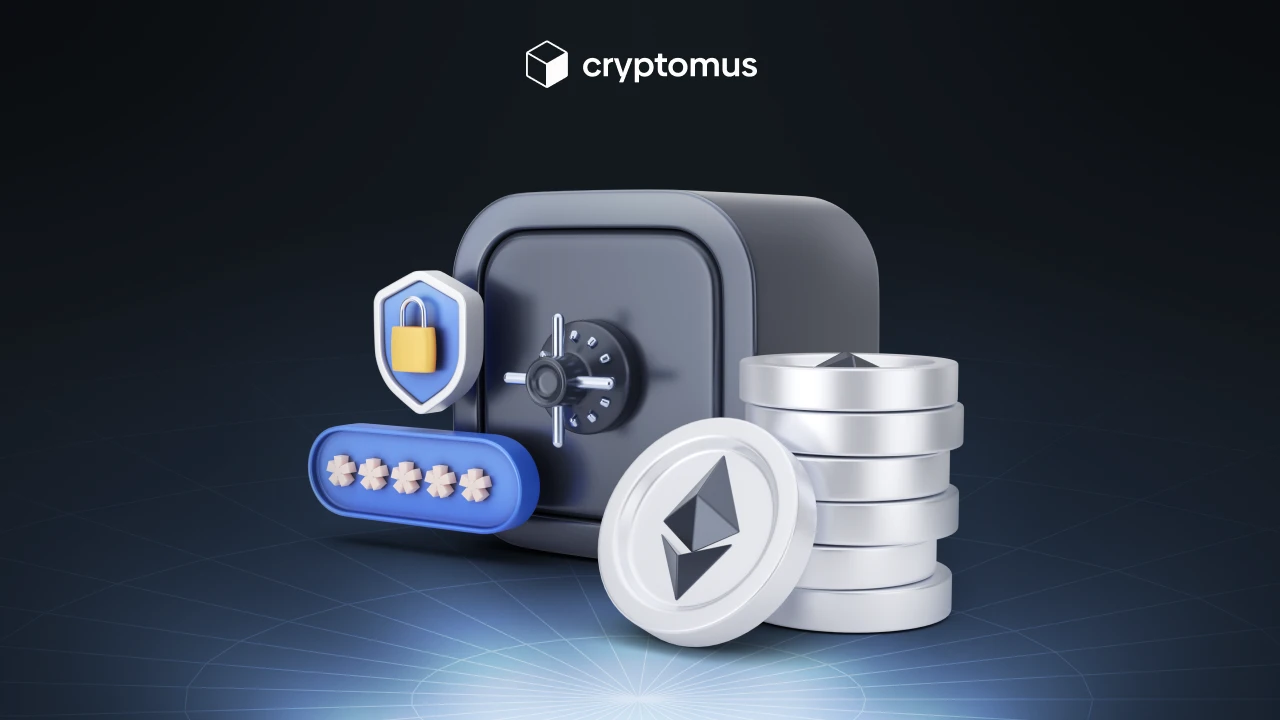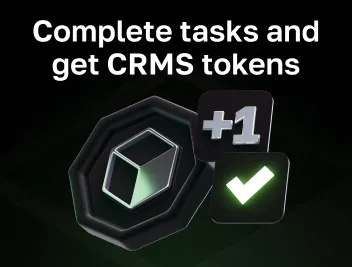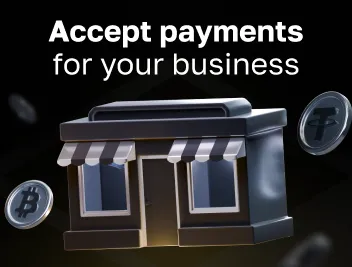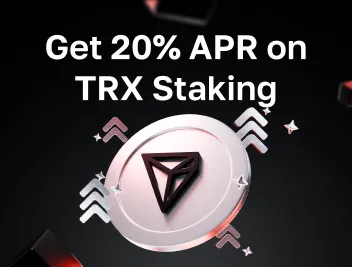
Ethereum's Transition to Proof of Stake: Implications and Progress
For a long time, Ethereum, like Bitcoin, worked based on Proof of Work consensus. Things changed radically in 2022. Since that year, Ethereum blockchain developers have launched and switched to the Proof of Stake consensus mechanism, which we will discuss in today's article.
What Does Ethereum Proof of Stake (PoS) Mean?
What is Proof of Stake Ethereum? This is the name given to a method of producing cryptocurrency that, unlike consensus Proof of Work (PoW), does not require investing in energy-intensive computer farms; instead, you invest in the system's native coins.
Those who make cryptocurrency are called “validators”. They lock up (or stake) their tokens into a smart contract, a small piece of computer code that runs on the Ethereum blockchain. When the cryptocurrency arrives at the wallet address of the smart contract, the contract holds that token and after a period of time, chosen by the ecosystem and other validators randomly selected by the algorithm, the validator wins the block reward and receives the newly minted ether.
Why Ethereum Has Switched to Proof of Stake (PoS)?
September 15, 2022 is the date of Ethereum transition to Proof of Stake consensus algorithm. What was the reason for this decision? Let's see!
Proof of Stake consensus was first suggested a few years before the Ethereum blockchain network was created. Such an alternative to the PoW consensus was supposed to be a mechanism to ensure the security of Ethereum from the very beginning, but its development appeared to be something unimaginable and impossible at the time. Therefore, Ethereum, like Bitcoin, launched on the basis of a Proof of Work mechanism.
However, almost 10 years after the creation of the Ethereum network, having evaluated the advantages of the created PoW alternative and having the necessary resources and capacities, the project developers decided to change strategy and start working on Ethereum Proof of Stake consensus mechanism.
Time and availability of resources are not the only reasons why did Ethereum switch to Proof of Stake (PoS). The project developers also evaluated the security of this algorithm. For example, you need to have more than half of the computing power on the network to attack a Proof of Work chain. And in the case of using Proof of Stake, you have to control more than half of the coins in the system, which is practically impossible.
Additionally, the Ethereum change to Proof of Stake may have been influenced by the fact that staking isn't as harmful to the planet and doesn't require as much electrical and computer power as rooms full of computer systems that are required for mining (based on Proof of Work).

Benefits and Challenges of Ethereum's Transition to PoS
Once we've sorted out the reasons for the transition and when does Ethereum move to Proof of Stake consensus, it's time to determine the benefits and challenges of Proof of Stake Ethereum shift.
| Ethereum to Proof of Stake consensus | |||||
|---|---|---|---|---|---|
| Benefits | High energy efficiency - no need to use a lot of power and have expensive hardware as in the case of calculations for the Proof of Work algorithm. | Reduced requirements for entry and for equipment. Anyone can enter validators, in fact you can join the staking service in case you lack the right amount of funds. | The presence of economic penalties for misbehavior make attacks more costly for the attacker compared to Proof of Work. | The community may resort to the social recovery of an honest chain if the 51% attack breaks the crypto-economic protection. | |
| Challenges | The likelihood of miners creating a competing chain where all smart contracts, coins and NFTs, will be automatically duplicated in a bifurcated or copied chain. | Ethereum merge Proof of Stake could lead to further centralization of the blockchain, as large market players will participate in staking according to the rule of those who stake the most crypto make the most money |
The Future of Transitioning to Proof of Stake
The update of Ethereum has affected not only its internal kitchen, but also the global cryptocurrency market. The blockchain of Vitalik Buterin and his team became a completely new product after the update. Now we have a more flexible, profitable and secure solution for users.
A successful merge in the future could impact the competing battle for crypto market dominance between Ethereum and Bitcoin and lead to intriguing outcomes. The network will be able to process significantly more transactions per second and improve the user experience. And the further development of staking trends on the Ethereum network is predicted.
When is Ethereum moving to Proof of Stake? We hope we were able to answer this and other questions in our article. Share your opinion on the discussed topic and leave your guesses about the future of Ethereum Proof of Stake consensus below in the comments.
Rate the article








comments
0
You must be logged in to post a comment